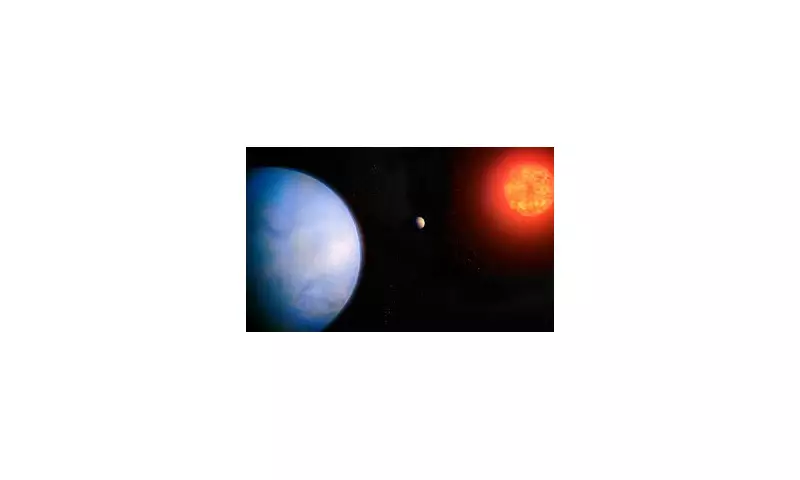
In a groundbreaking discovery that could reshape our understanding of the universe, astronomers have identified a potentially habitable 'super-Earth' located a mere 40 light-years from our solar system. This distant world represents one of the most promising candidates yet in humanity's ongoing search for extraterrestrial life.
A World of Possibilities
The newly discovered exoplanet, orbiting the red dwarf star Gliese 12, sits perfectly within what scientists call the 'Goldilocks zone' - the region where temperatures could allow liquid water to exist on the surface. This crucial factor makes the planet a prime target for further investigation into potential habitability.
Key Characteristics of the Discovery
This remarkable super-Earth exhibits several fascinating features:
- Optimal Distance: Positioned at just the right distance from its host star to potentially maintain Earth-like temperatures
- Manageable Size: Estimated to be slightly larger than Earth but smaller than Neptune, bridging the gap between terrestrial and gas planets
- Proximity Advantage: At only 40 light-years away, it's relatively close in astronomical terms, making it accessible for detailed study
- Stable Environment: Early observations suggest the planet receives comparable energy from its star as Venus does from our Sun
The Search for Life Beyond Earth
This discovery comes at a pivotal moment in space exploration, as technological advancements are rapidly improving our ability to study distant worlds. The planet's location and characteristics make it an ideal candidate for observation by the James Webb Space Telescope, which could potentially analyse its atmosphere for biosignatures - chemical indicators of life.
"What makes this discovery particularly exciting," explained lead astronomer Dr James Jenkins, "is that we've found a temperate Earth-sized planet that's close enough for detailed atmospheric study. This represents a significant step forward in identifying potentially habitable worlds."
Future Exploration Plans
Scientists are already planning comprehensive follow-up observations to determine whether this super-Earth possesses an atmosphere and, if so, what gases it contains. The presence of certain atmospheric components could provide compelling evidence about the planet's ability to support life as we know it.
This discovery not only expands our catalogue of known exoplanets but brings us closer than ever to answering one of humanity's oldest questions: are we alone in the universe?





